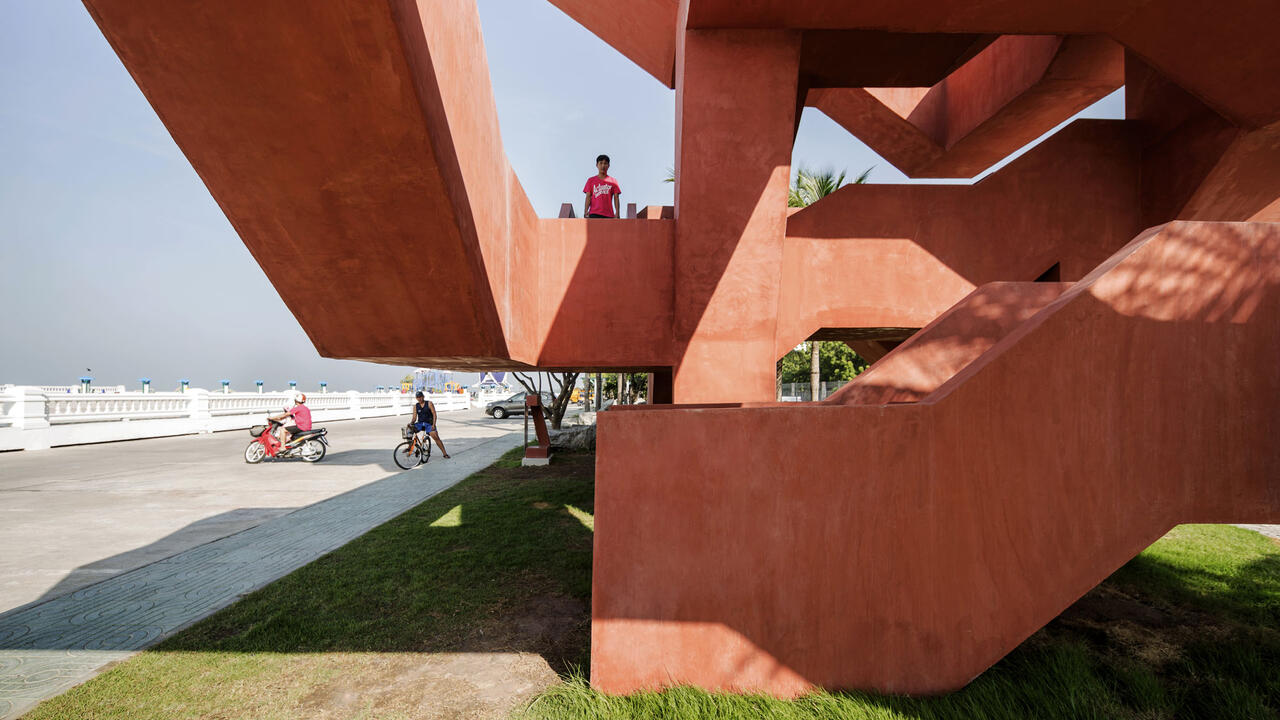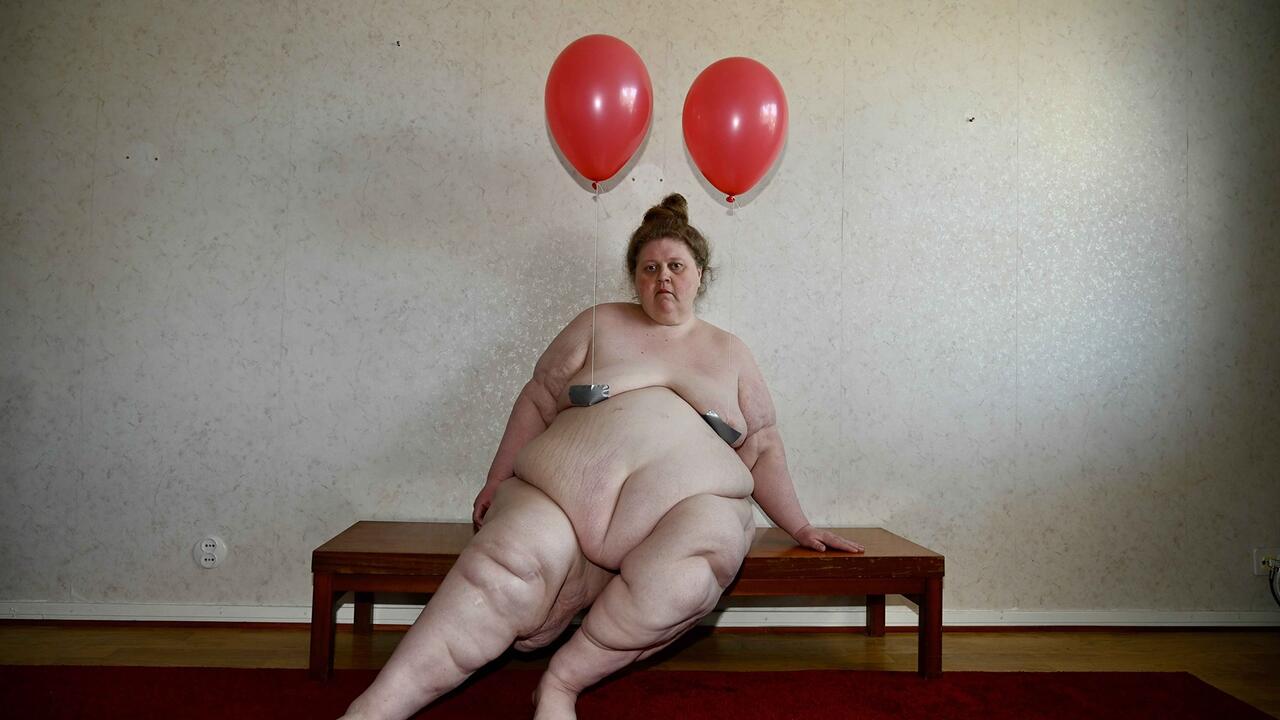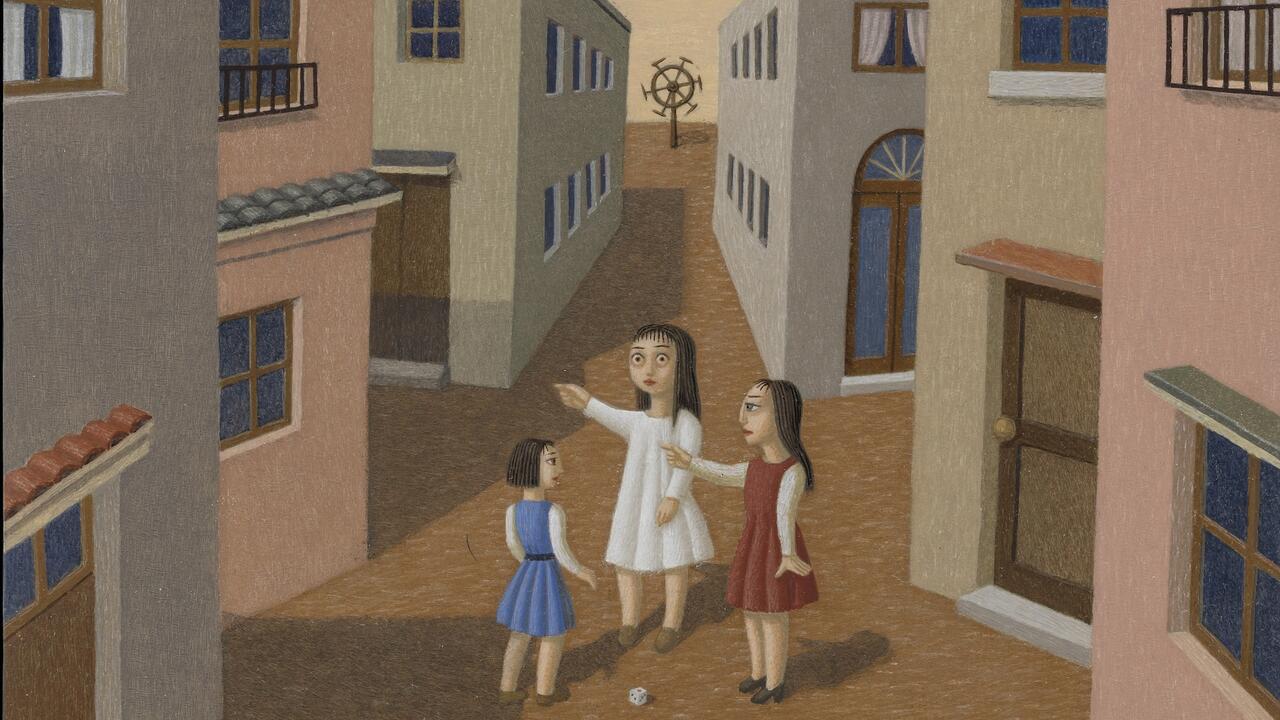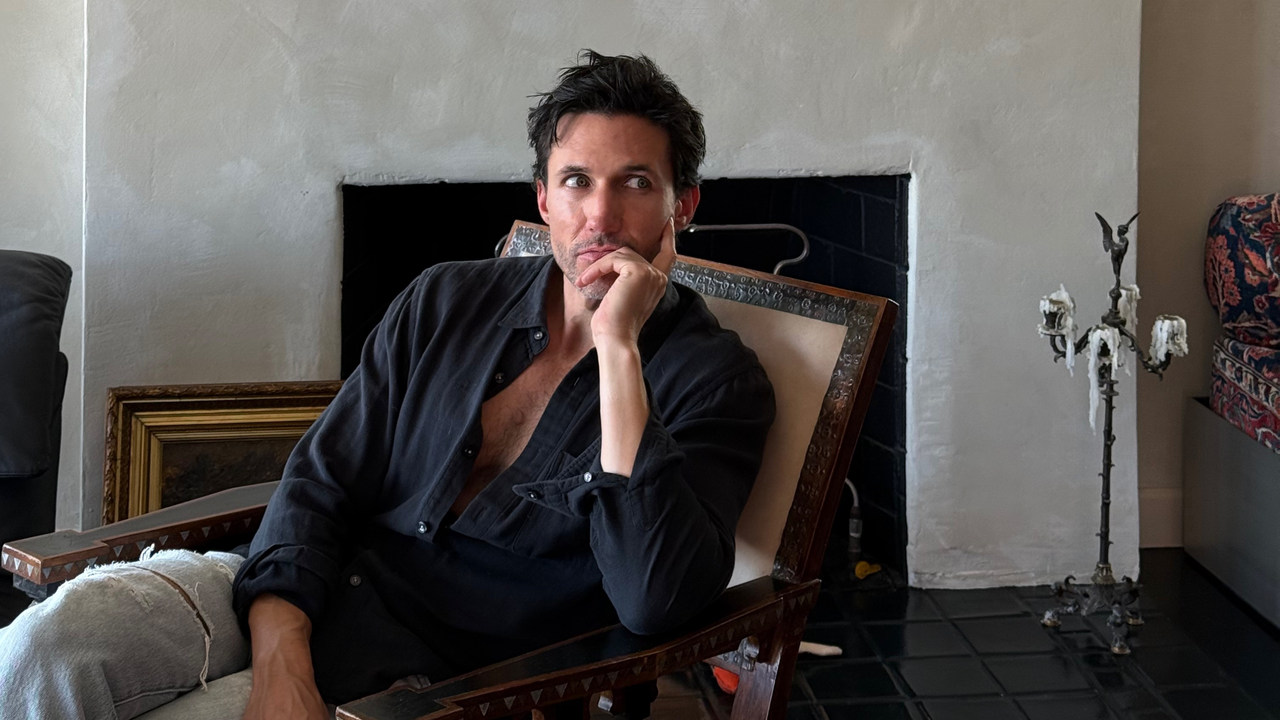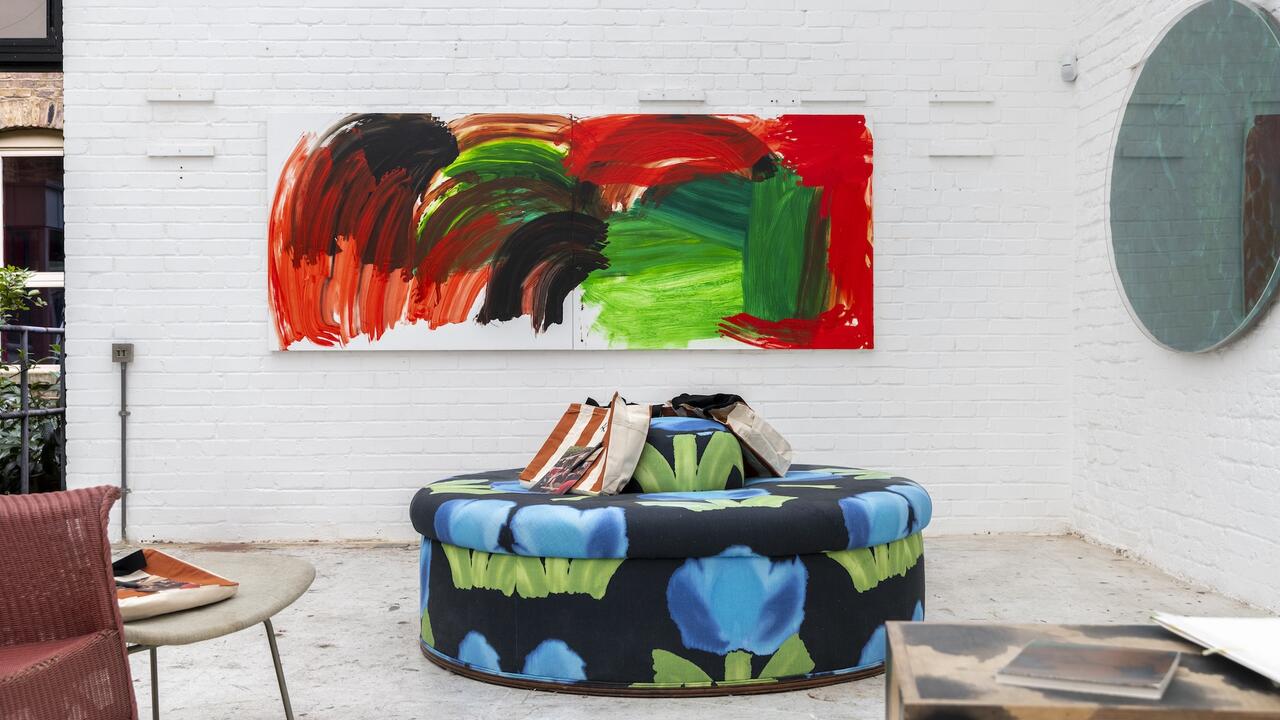Showroom Dummies
Fashion in the museum
Fashion in the museum
A climate of threatened budget cuts and tightening purse strings has forced many art museums, to present 'alternative' subjects to lure the general public through their doors. Against tradition, fashion is now headlining in art museums where it previously played a subsidiary role. Unfortunately, most costume exhibitions at art institutions reinforce the idea of fashion as a form of artistic commerce rather than exploring the concept of fashion as fine art.
The traditional method of exhibiting garments as individual examples draped upon mannequin after mannequin, while suited to historical or chronological costume exhibitions, has serious shortcomings with contemporary fashion. These were evident at the recent Giorgio Armani retrospective at the Solomon R. Guggenheim Museum, New York, where just over 90% of the exhibits dated from the last decade. How were viewers to distinguish between the Armani ensembles displayed on mannequins at the Guggenheim and those at Bergdorf Goodman? More importantly, why should they? Such a straightforward presentation of clothes simply flaunts the idea of fashion as commerce. We already know and feel comfortable with this idea.
Why should fashion be considered as art, simply because it is on display in an art museum?
Comparisons between fashion and architecture or fashion and sculpture offer another method for presenting fashion as art. One recent example of this approach was last year's Issey Miyake Making Things, an exhibition that travelled from the Cartier Foundation in Paris to the ACE Gallery in New York. The success of the presentation was mostly due to Miyake himself, as his designs - on or off mannequins - can easily be read as sculptural or architectural forms.
There are alternative methods of displaying fashion outside of fine art museums. In the 1993 exhibition Halston: Absolute Modernism at The Museum at the Fashion Institute of Technology, curators Harold Koda and the late Richard Martin drew attention to the resemblance between Halston's flat patterns and Modernist canvases. The geometric shapes behind Halston's typically narrow and slinky styles would have gone unnoticed in a traditional, mannequin-only exhibition. Unfortunately, you can't have everything, and in order to emphasize the connection between Halston and Modernism the curators chose to omit his cut-and-fold lines, presenting the patterns as geometric, colour-block canvases. Halston worked out ideas by sketching, draping, working up a flat pattern, and sewing the garment, before tweaking (and often re-tweaking) the design. The pattern for a classic Halston caftan is a parallelogram. With a few careful folds and swirled seams, this two-dimensional piece of fabric is transformed into a wearable, three-dimensional garment. The entire creative process, not just the end product, is a testament to his skill.
In their effort to promote Halston as a fine artist, Koda and Martin ignored the artistry inherent in his fashion designs.
In an earlier exhibition, Fashion & Surrealism, the same curators charted the links between surrealistic costume from different periods (think of Schiaparelli's backwards suit or upside-down shoes) and the work of the Surrealists themselves. Although visually interesting, why should such a comparison make fashion valid as art? Must fashion be presented as something other than itself (as an appendage to a fine art movement, for example) to be considered as art?
In the attempt to validate the fashion designer as fine artist, the end product - the garment - always seems to become detached and glorified as the art object. Many fashion designers, like many fine artists, have an entire creative process behind their finished garments.
An exhibition that successfully traces the designer's hand through the creation of a garment from conception to completion has yet to be mounted. But how refreshing such an exhibition, positing the design process as a legitimate art form, would be.









